As another lively summer filled with unforgettable Latine music fades into the rearview mirror, it’s only appropriate that we begin scratching the surface of Latine pop culture by addressing the importance of music in our community.
Music has long been a vital form of expression for Latine communities, serving not only as a form of entertainment but as a powerful tool for resistance and cultural preservation. Whether during times of colonial subjugation, political repression or modern struggles for equality, Latine artists have used music to assert preserve our histories and resist forces that seek to diminish our identities.
Latine music has always been deeply connected to political struggles for justice and equity within marginalized groups. Salsa, which emerged in the streets of New York’s Spanish Harlem during the 1960s and ‘70s, was much more than just a new sound. It was a form of cultural resistance for Puerto Ricans and other Latines living in a society, where they faced housing discrimination, poverty and racial prejudice. Dance and music, specifically salsa, became forms of resistance, helping Latine communities fight against social injustices. The vibrant rhythms and lyrics expressed a sense of belonging and solidarity within the community.
Latin America saw the rise of the nueva canción movement, particularly in countries like Chile, Argentina and Cuba, during the late 1950s and early 1960s. This musical genre blended traditional folk music with revolutionary messages, supporting workers’ rights, indigenous liberation and anti-imperialist struggles. Musicians used their songs to support socialist causes and the working class, giving a platform which voiced the experiences of everyday people. For example, Chilean artist Victor Jara released “Te Recuerdo Amanda,” in the early 1970s, to pay tribute to a working-class couple, highlighting their struggles and love amidst social injustices. It became an anthem for labor rights during a time when Chile was under the dictatorship of Augusto Pinochet. Jara’s music and activism symbolized the fight for social justice and the rights of the oppressed in Latin America.
Fast forward to today, and we can take a look at Bad Bunny — he’s not only topping music charts, but he uses his popularity to bring attention to social issues, such as Puerto Rico’s colonial status and gender inequality. His 2020 hit “Yo Perreo Sola” challenged patriarchal gender norms and machismo culture, while addressing sexual harassment and promoting women’s autonomy. By dressing in drag and advocating for women’s rights, in a genre often steeped in toxic masculinity, Bad Bunny sent a clear message: reggaetón can be both inclusive and progressive.
Karol G is another artist making waves in the Western world. With her blend of reggaetón and pop, she’s breaking records and winning awards, all while addressing themes of empowerment and resilience.
While reggaetón is often seen as purely a commercial genre, it has deep roots in resistance movements, particularly in Afro-Latine and Afro-Caribbean communities. Artists like Tego Calderón have used their music to speak about the realities of growing up Black in Puerto Rico, tackling issues like colorism and systemic racism. Their lyrics shine a light on the discrimination faced by Afro-Latine communities and highlight the complexities of multiracial identity within Latine culture.
In modern contexts, genres such as son jarocho, reggaetón, cumbia, corridors and many more aim to retain their cultural roots, even as they gain popularity in the Western world. Latine music acts as a form of cultural preservation, especially for those resisting the pressures of assimilation. This is particularly important in the diaspora — Latine communities living outside their ancestral homelands — where second and third-generation individuals often seek to reconnect with their roots. Traditional music becomes a way of asserting cultural identity in a world heavily influenced by English-language media and Western norms.
Latine music is more than a catchy soundtrack; it’s a living testament to resilience and identity. As these artists and genres flourish, they remind us of music’s vital role in fostering community, preserving culture and inspiring social change. Let’s celebrate this rich musical art by continuing to support the voices that tell our stories.



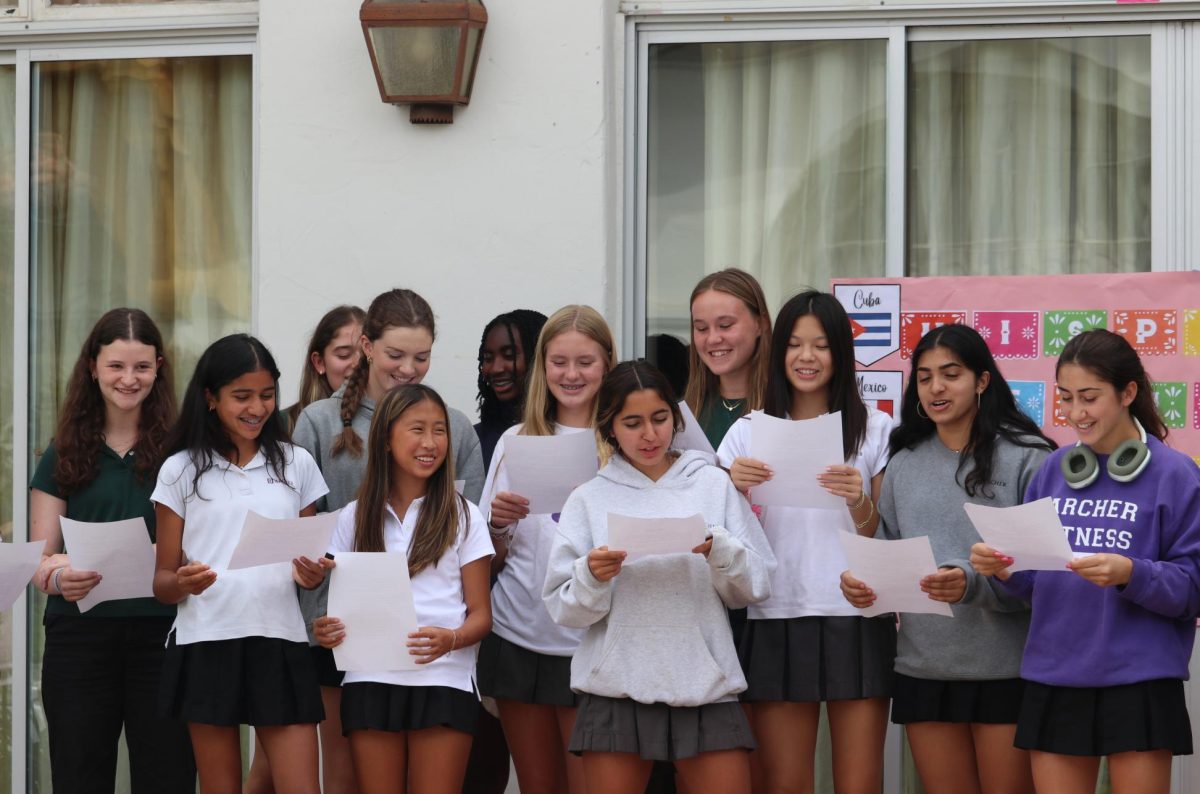


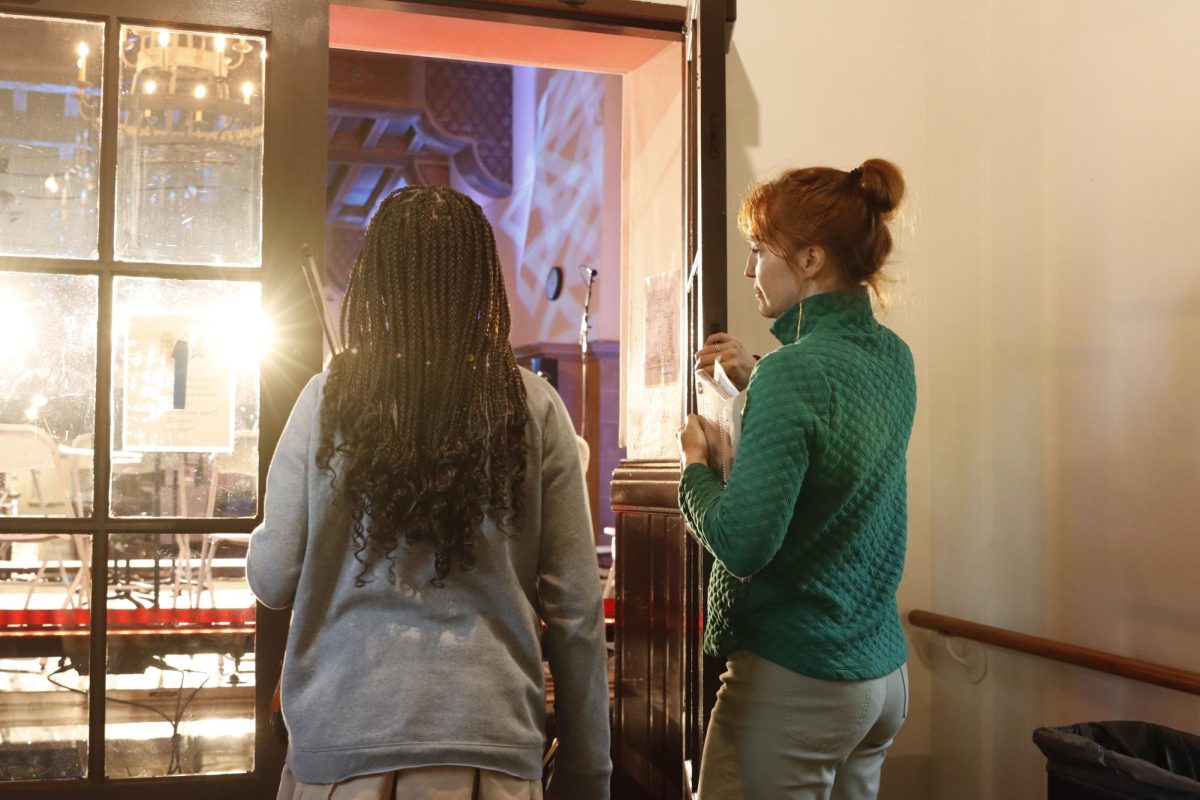

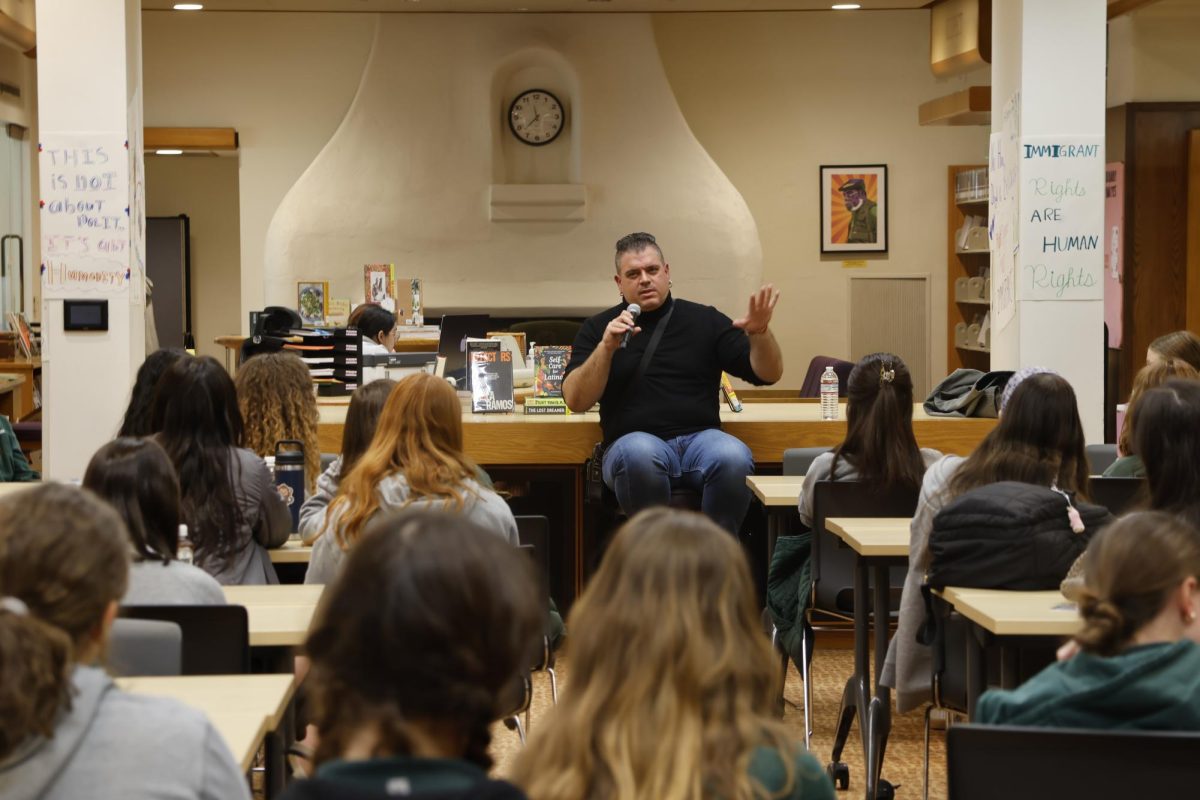






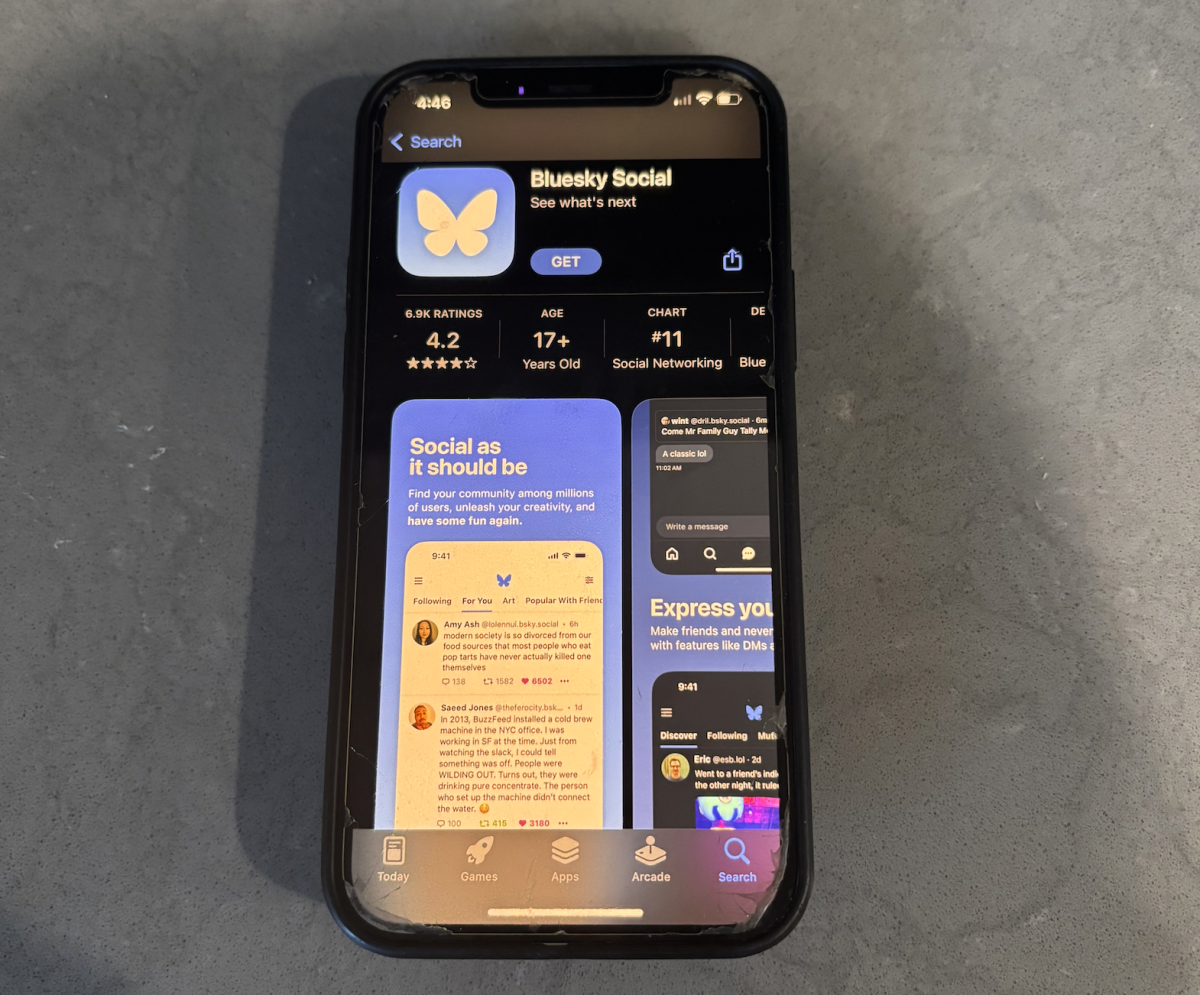

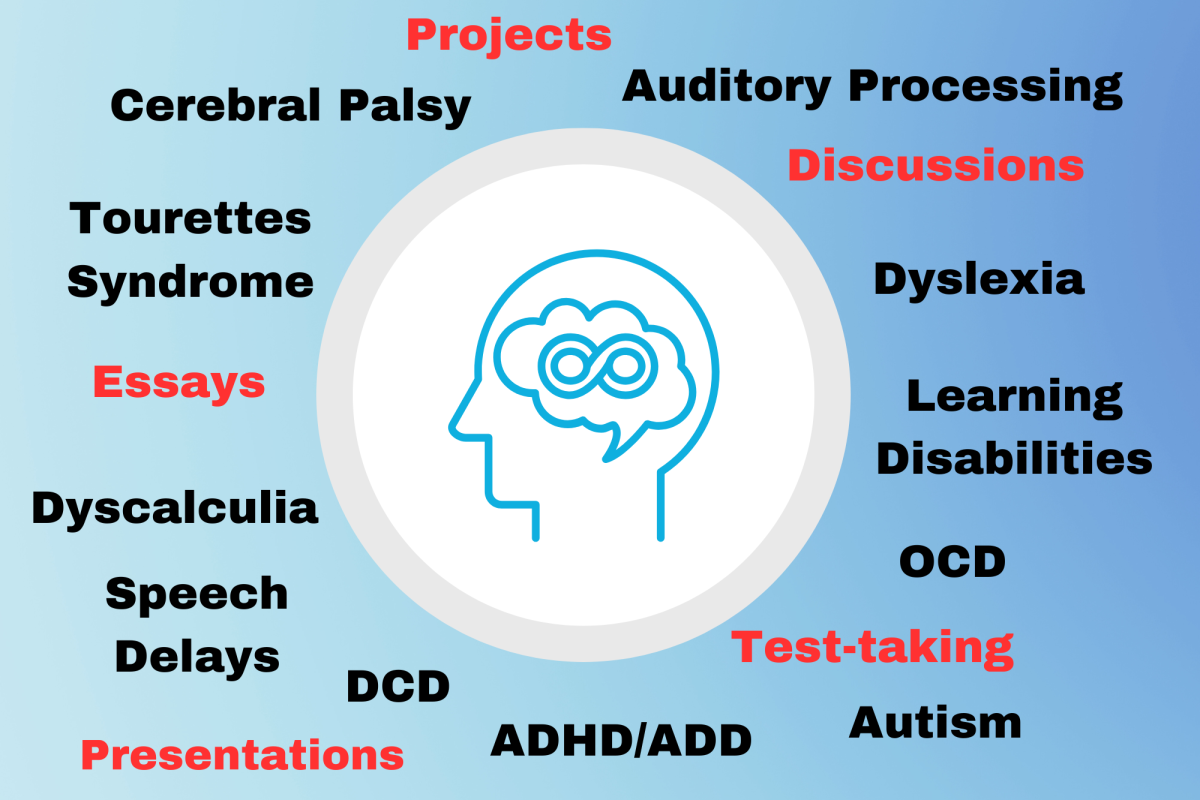
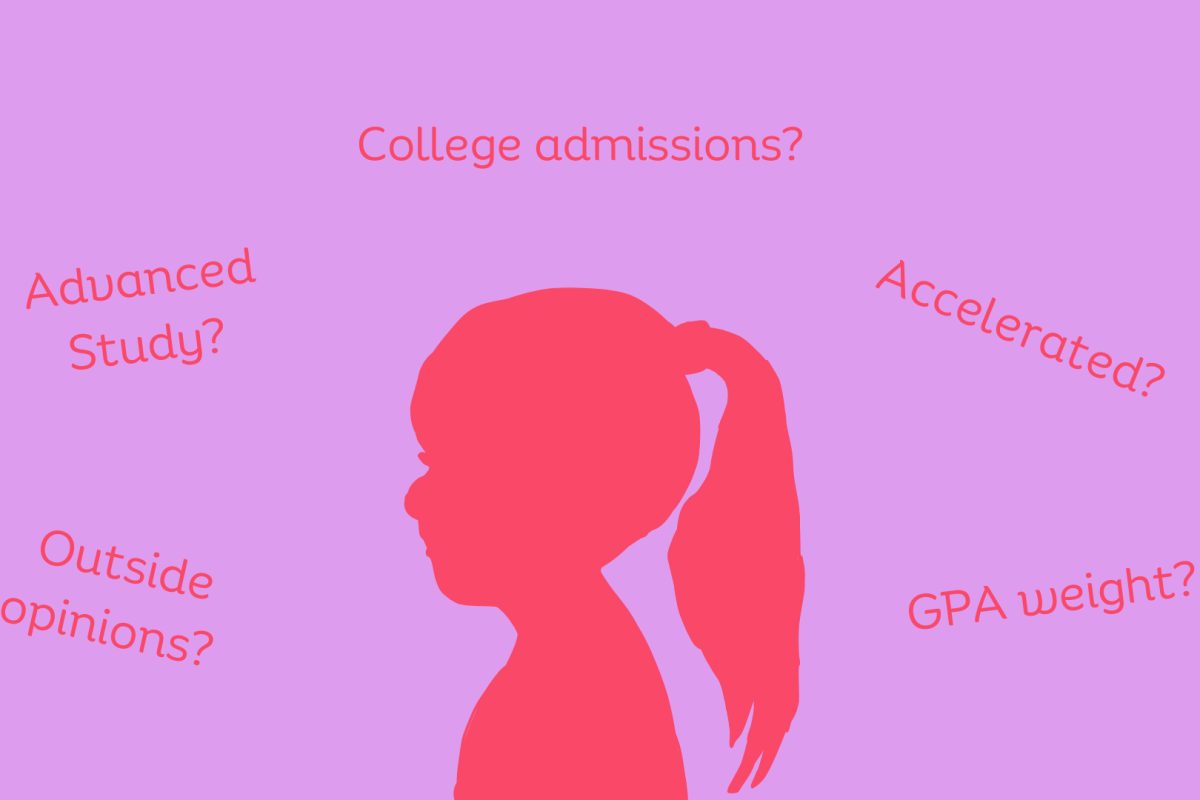
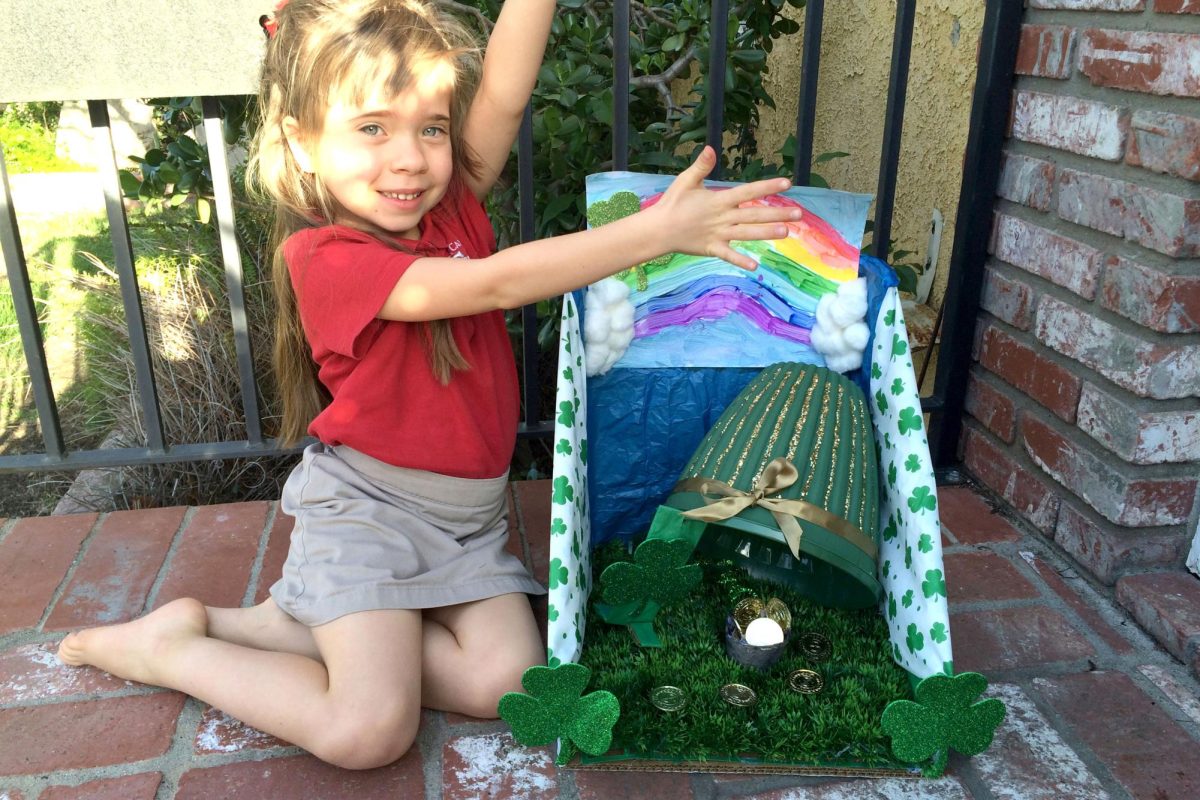



Ms. Geffen • Oct 15, 2024 at 1:12 pm
Cat, I love this article! Thanks so much for writing about the power and rise of Latine music. Your last paragraph is exactly why I love to include music in my curriculum and lessons. I will be sharing parts of your article in class. Great job!
Gabby Kaplan • Oct 12, 2024 at 1:55 pm
so good, cat!!!